1. Bake or roast over fryingFrying food adds a ton of extra fat. Baking or roasting is a healthier choice. This One Pan Pesto Chicken with Veggies is baked in the oven, and only has 3 grams of saturated fat per serving! |
2. Use less red meatLots of saturated fat from red meat can make heart conditions worse. Aim for chicken, turkey, fish, or plant-based protein like beans or tofu. If you still want to include red meat in your diet, making small changes can help. For example, you can make these Vegetarian Tacos, but instead of using all lentils and beans, add ground beef as well. Still healthier than all beef tacos, but you get the red meat you prefer. |
3. Cut the saltSalt can increase your blood pressure and make it harder for your heart to work. Start by not adding salt to your food, but don't stop there. Avoid super-salty foods like frozen meals, salty snacks, and canned soup. You can make your own soup with a lot less salt, like this Lentil Barley Soup. If you use canned vegetables and beans, be sure to drain and rinse them to get rid of extra salt. Get more info about salt from the American Heart Association. |
4. Add fruits & veggiesEating more fruits and vegetables has been shown to lower LDL (bad) cholesterol, raise HDL (good) cholesterol, and lower blood pressure. The more the better, and it's easy! Roast your favorite veggies for the simplest side dish. Here's a Roasted Broccoli recipe to start. |
5. Use whole grainsWhole grains add fiber to your diet. This not only protects your GI tract, but also your heart. Oatmeal is the perfect example of a "super food" for your heart. Try this Peanut Butter Banana Oatmeal as an option. |
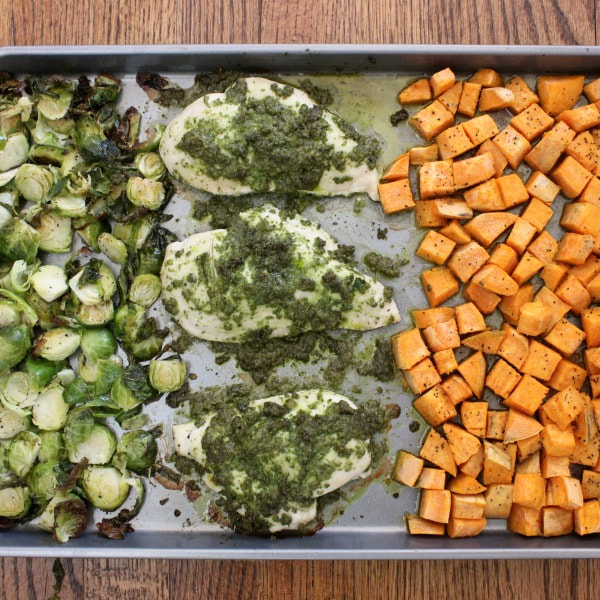
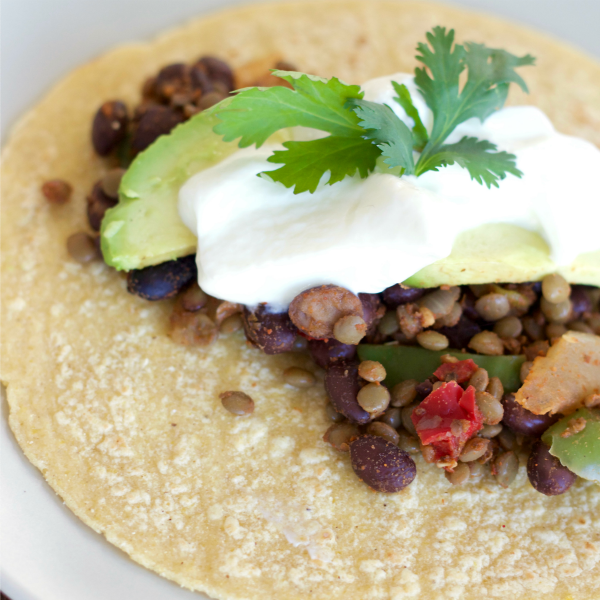
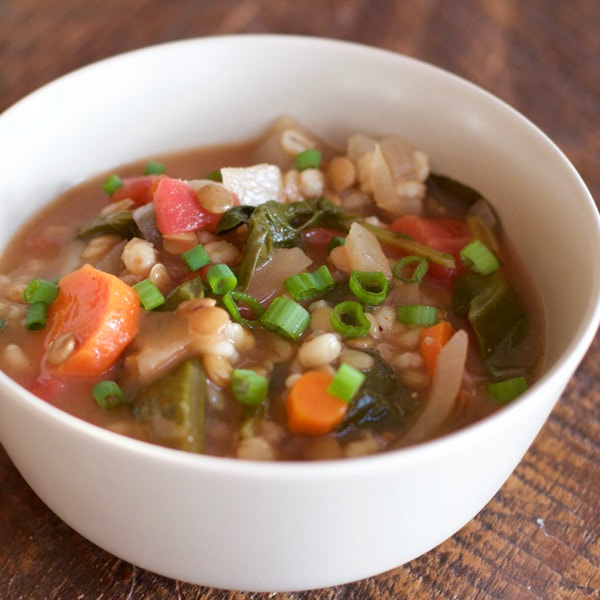
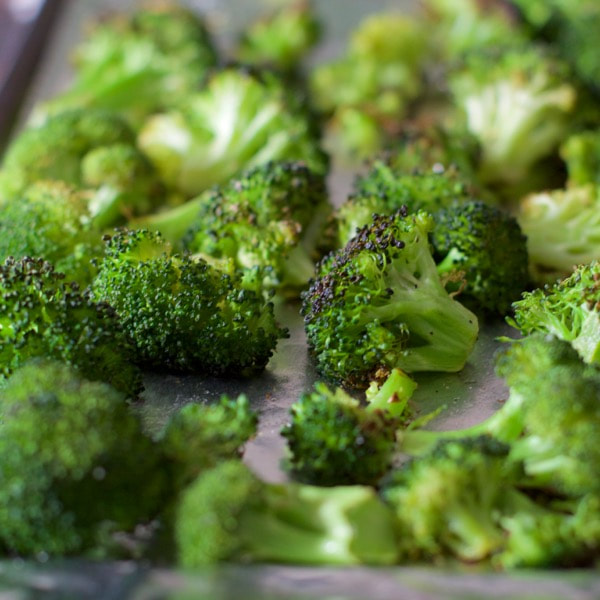
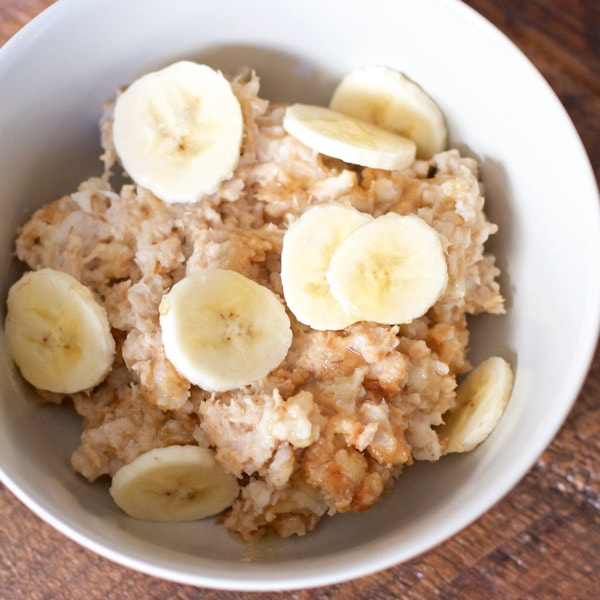
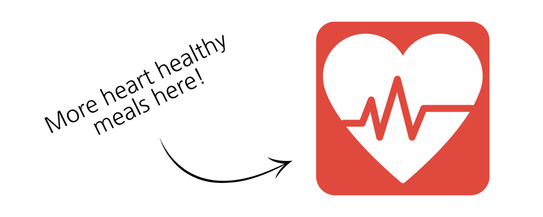
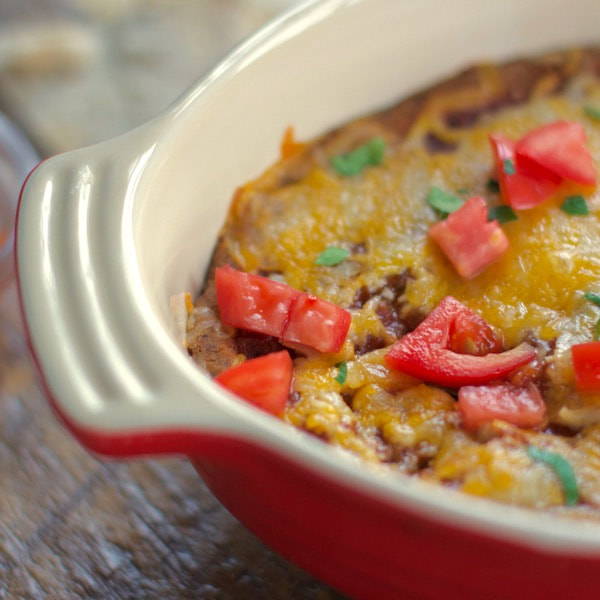
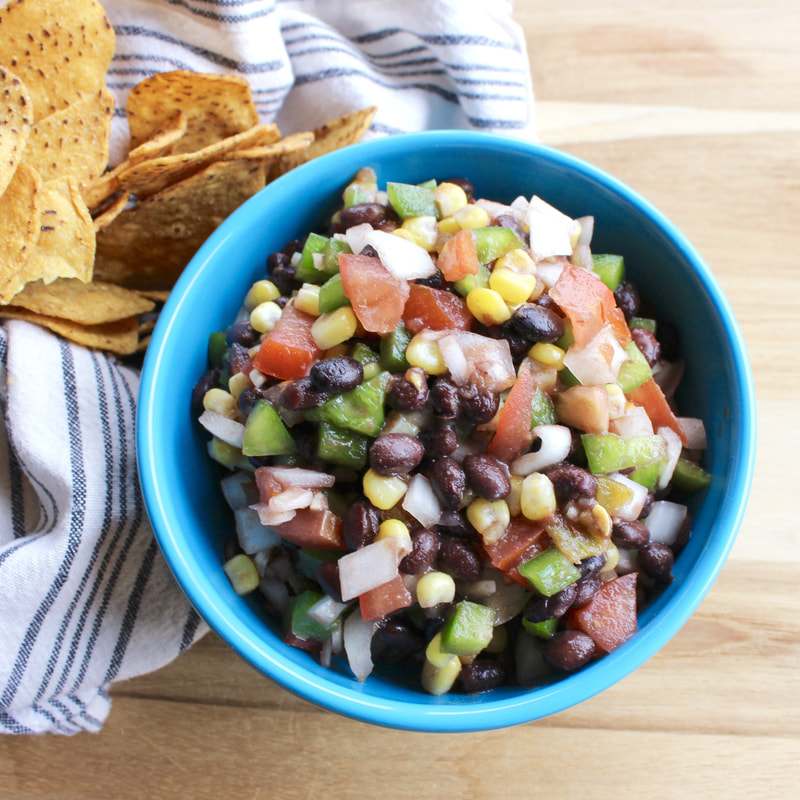
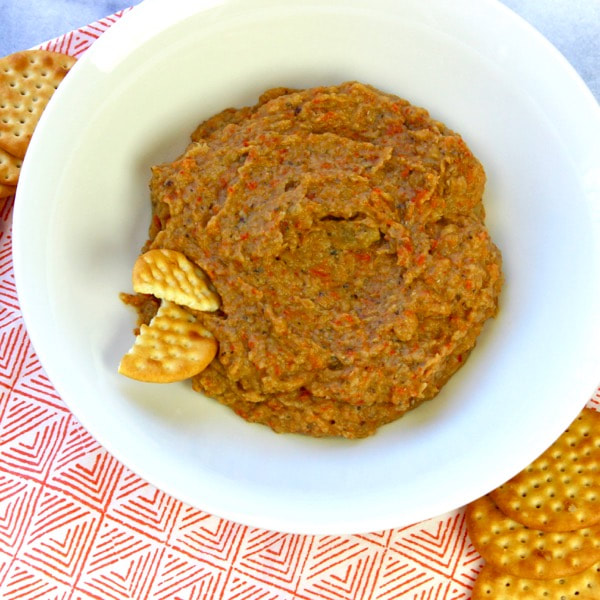
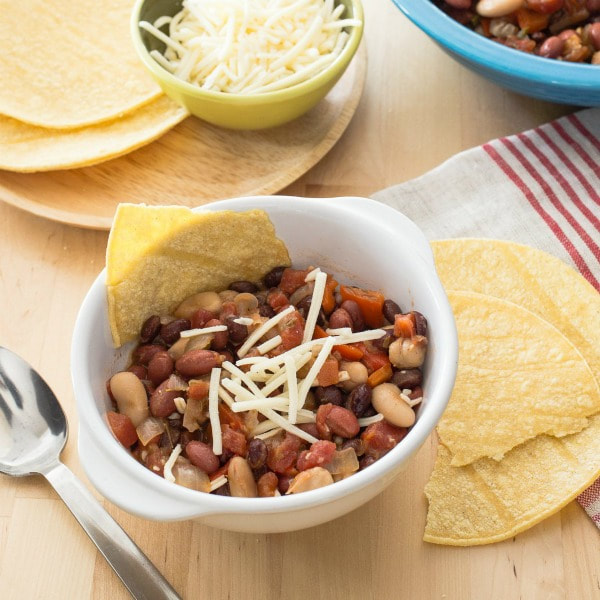
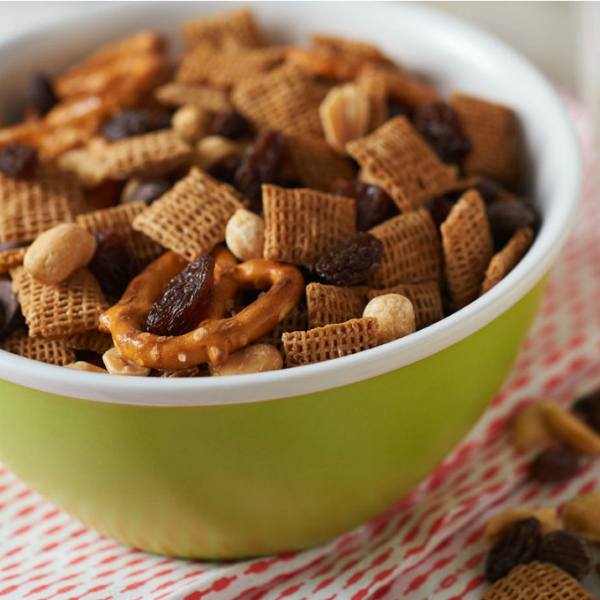

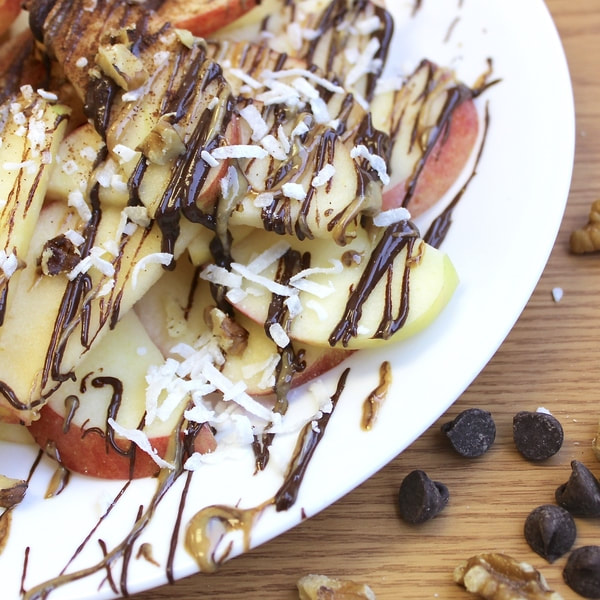
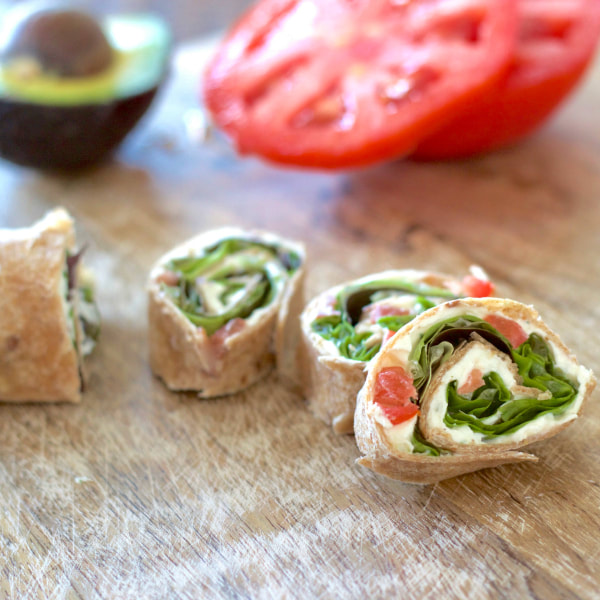
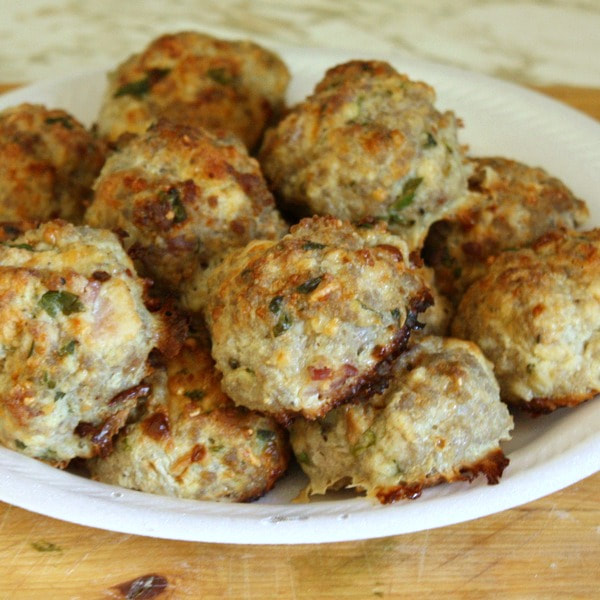
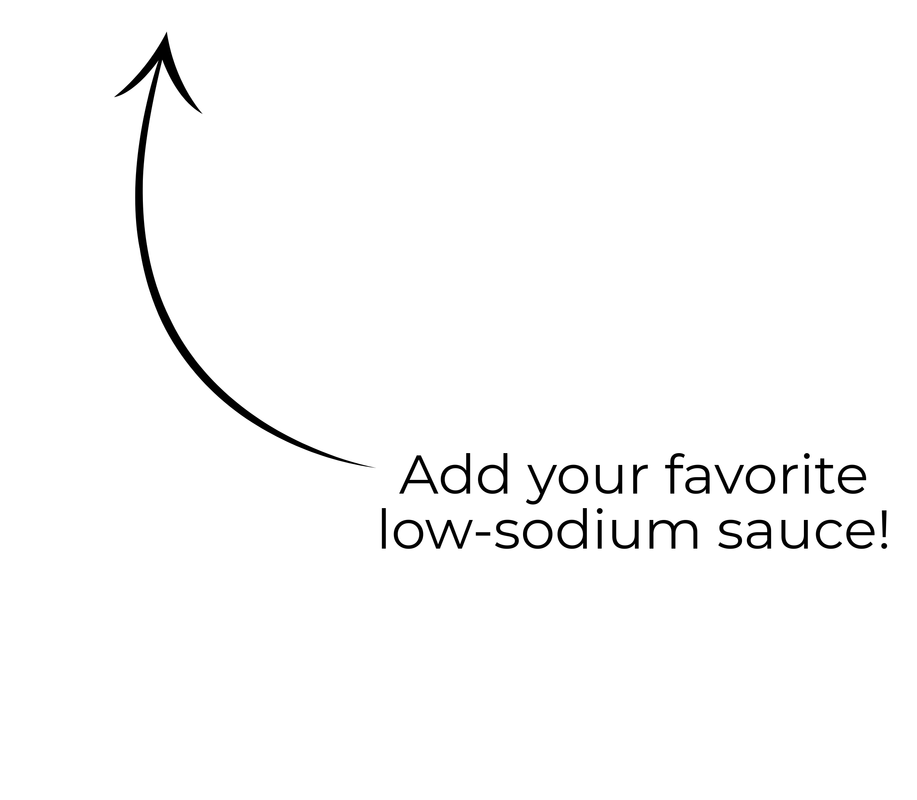
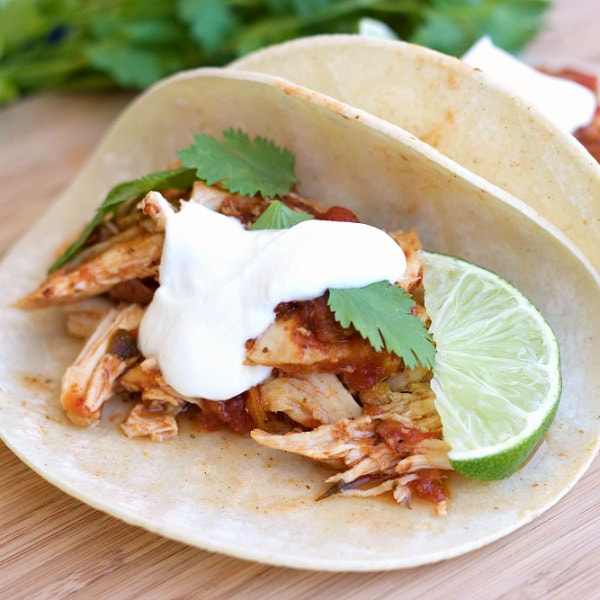
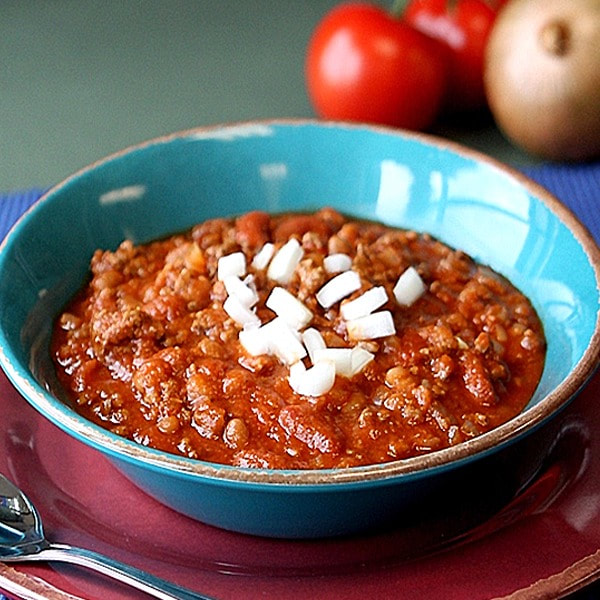
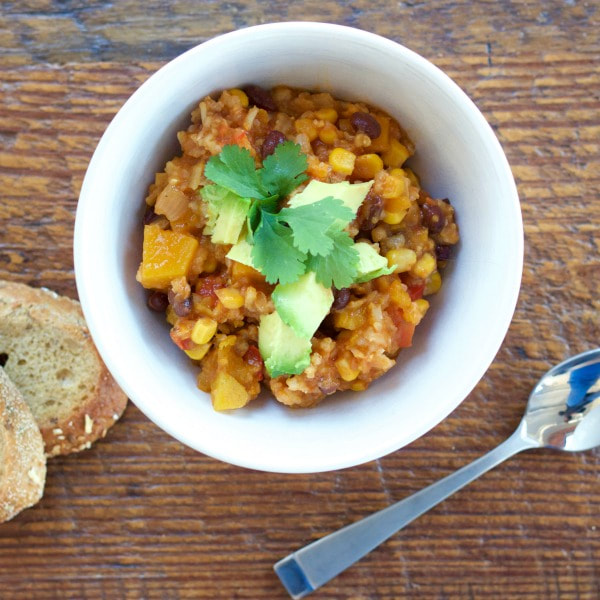
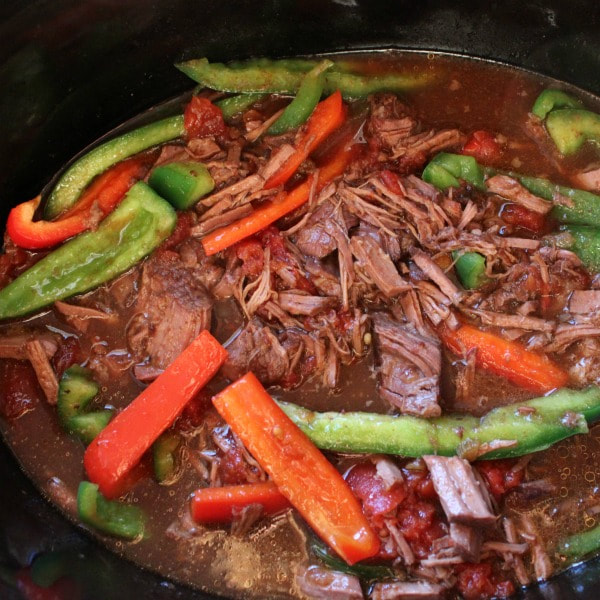
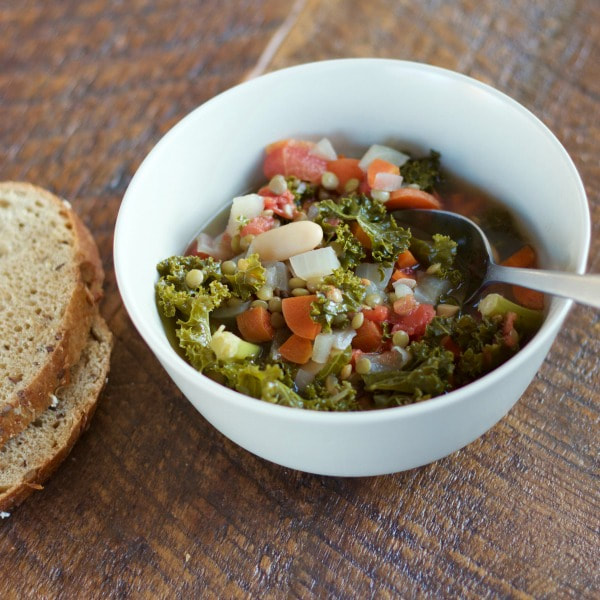
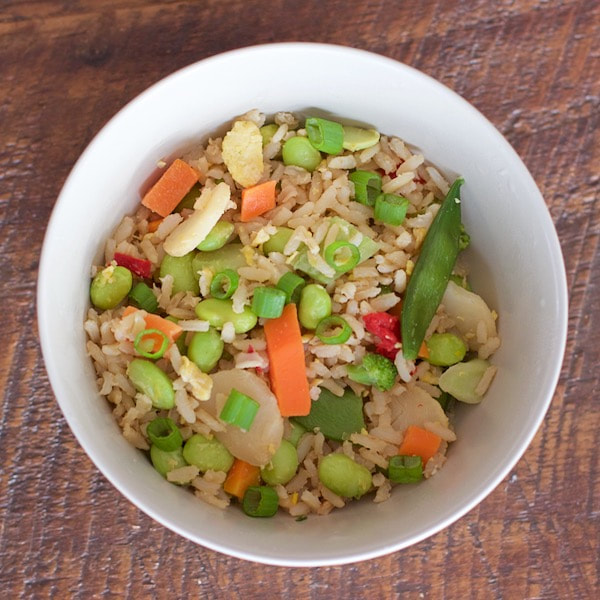
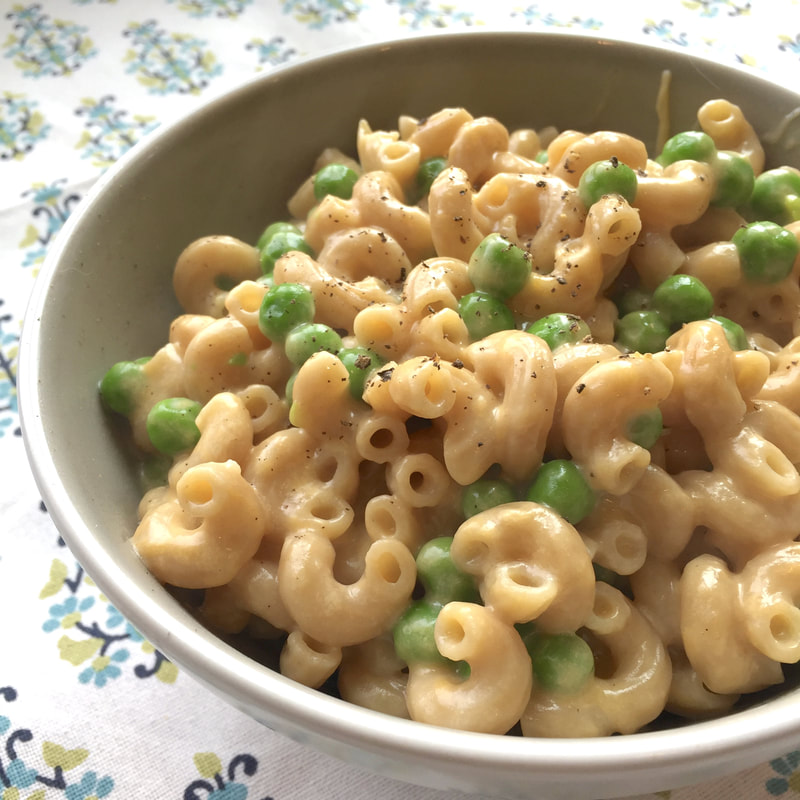
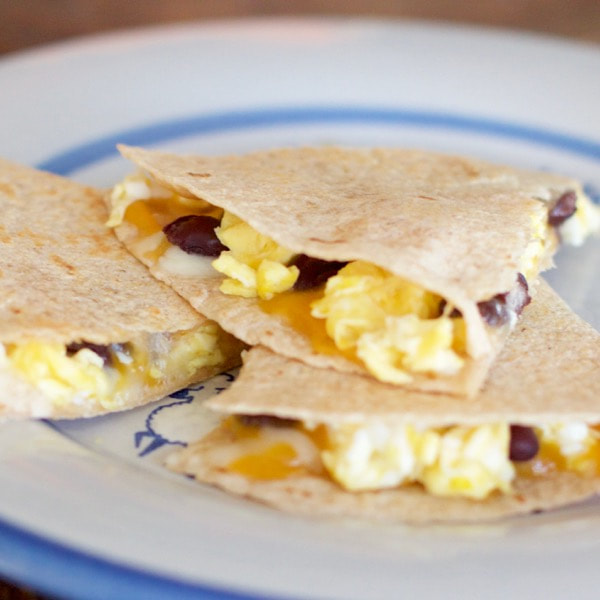
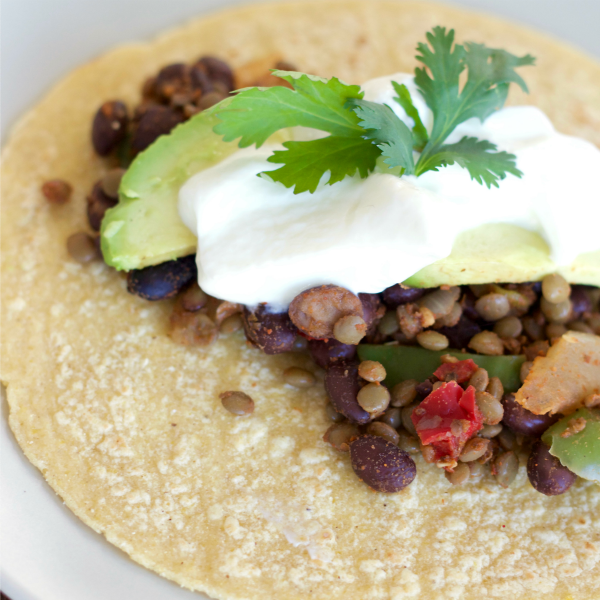
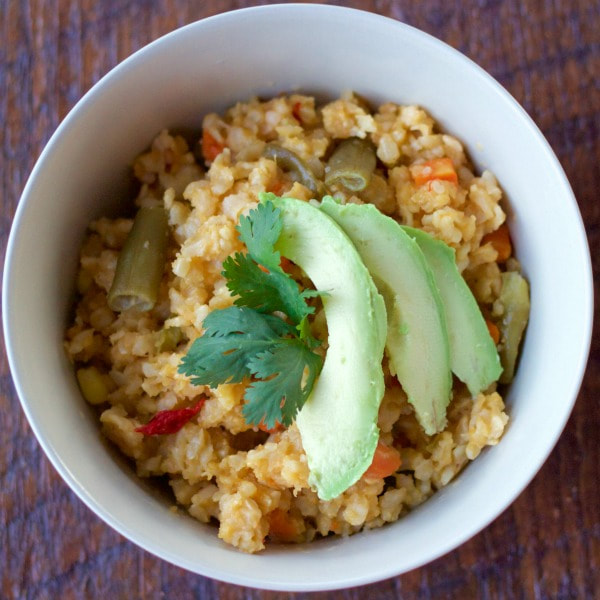
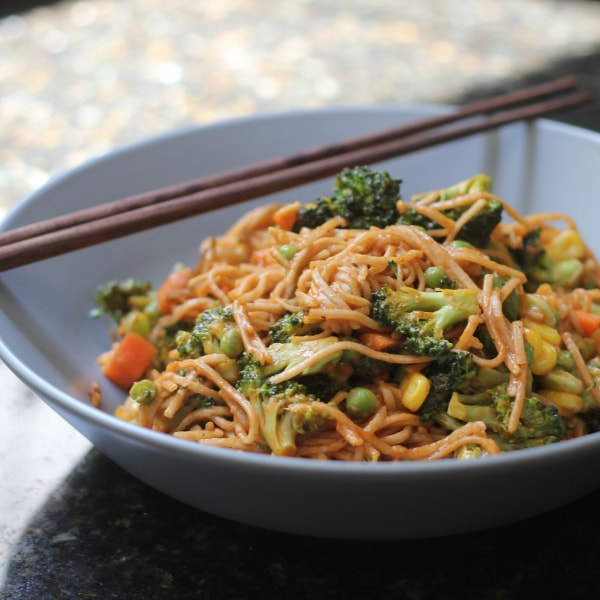
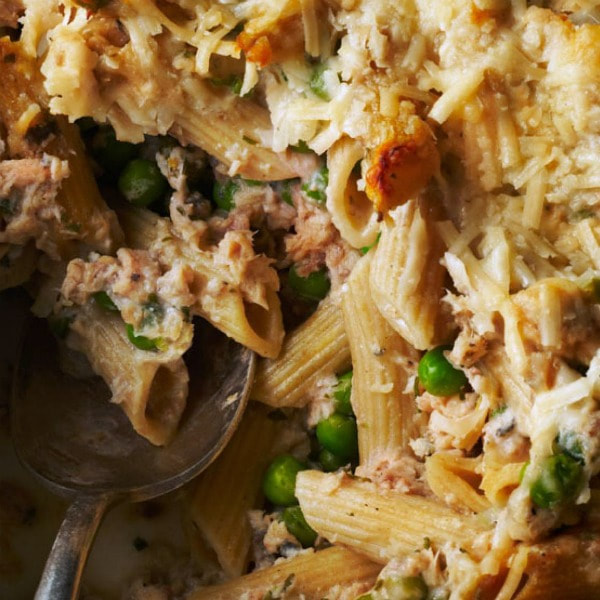
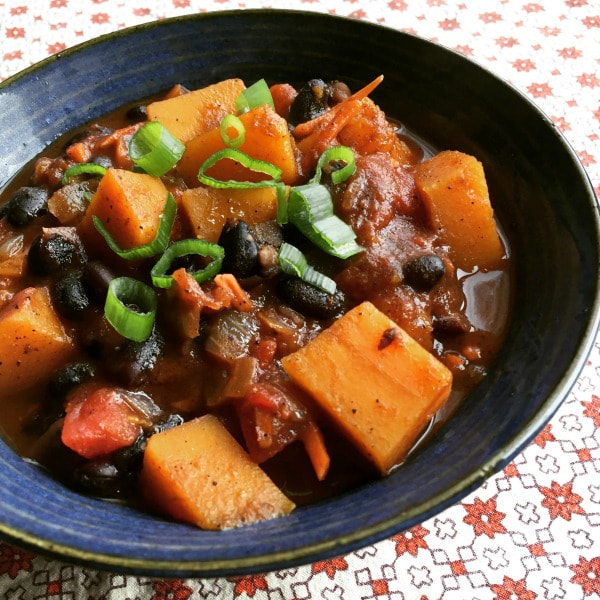

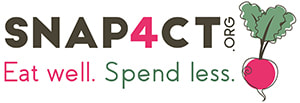
 RSS Feed
RSS Feed

